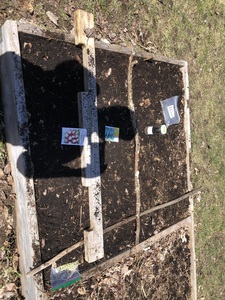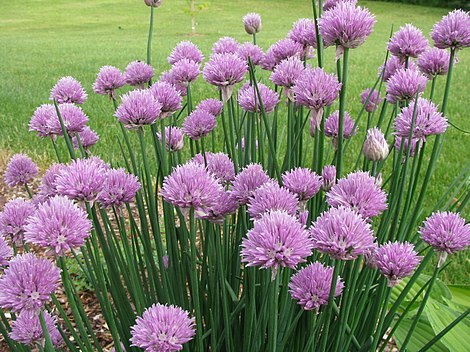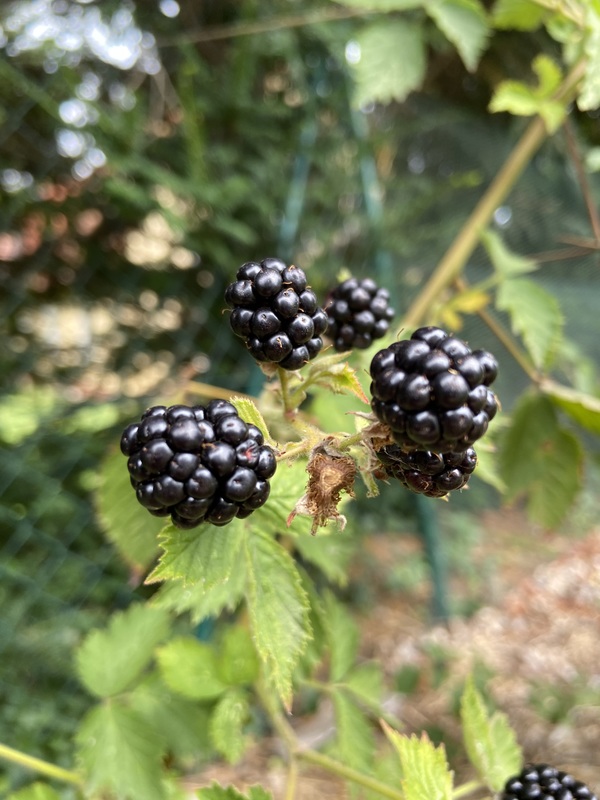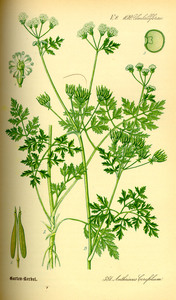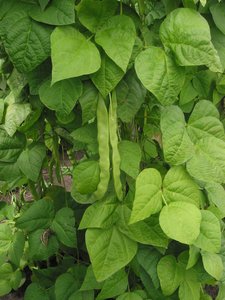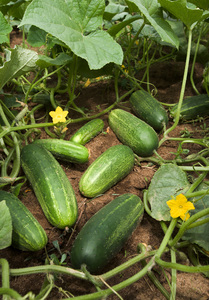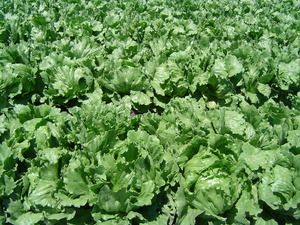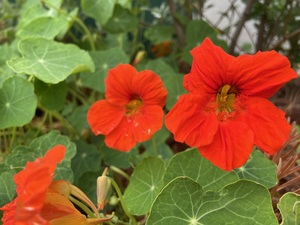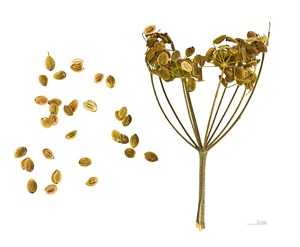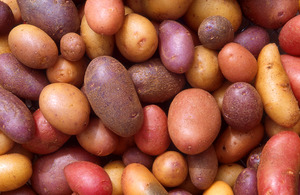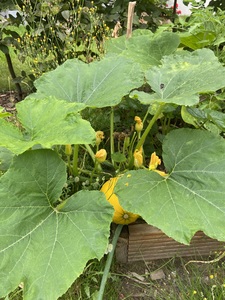Description
The radish, also known as Raphanus sativus, is a plant native to southwestern Asia and the eastern Mediterranean region. It is a cool-season annual that grows quickly, often maturing in just a few weeks.
The radish has a distinctive round or oblong shape, with a crisp and juicy texture. Its skin is typically red or white, but can also be purple, yellow, or black. The leaves of the radish are elongated and dark green in color, while its flowers are small and white or yellow in color.
Radishes are relatively small, typically growing to be about four inches long and two inches wide. They prefer well-drained soil that is high in organic matter, and can be grown in a variety of climates, including temperate and subtropical regions.
Radishes are typically differentiated from similar plants, such as turnips, by their smaller size and more pungent flavor. They can be harvested at any stage of their growth, but are typically harvested when they are young and tender for the best flavor.
To cultivate radishes successfully, a grower will need to plant them in well-prepared soil, water them regularly, and thin out the plants to prevent overcrowding. Radishes are generally hardy and can tolerate frost, making them a good choice for a fall or winter garden.
The edible parts of the radish plant are the root and the leaves. The root can be eaten raw, cooked, or pickled, while the leaves can be used in salads or cooked like other leafy greens. After harvest, the roots can be stored in a cool and dark place, such as a root cellar, to prolong their shelf life.
Radishes have a number of uses, both in the garden and beyond. In the garden, they can be used as a companion plant to deter pests and improve the health of other plants. In addition to their use in cooking, radishes have also been used medicinally, with some evidence suggesting that they may have anti-inflammatory and digestive health benefits.
Radishes are also a valuable food source for wildlife, providing a source of nutrition for birds and small mammals. They are a popular food for bees and other pollinators, and can help to attract these beneficial insects to the garden.


